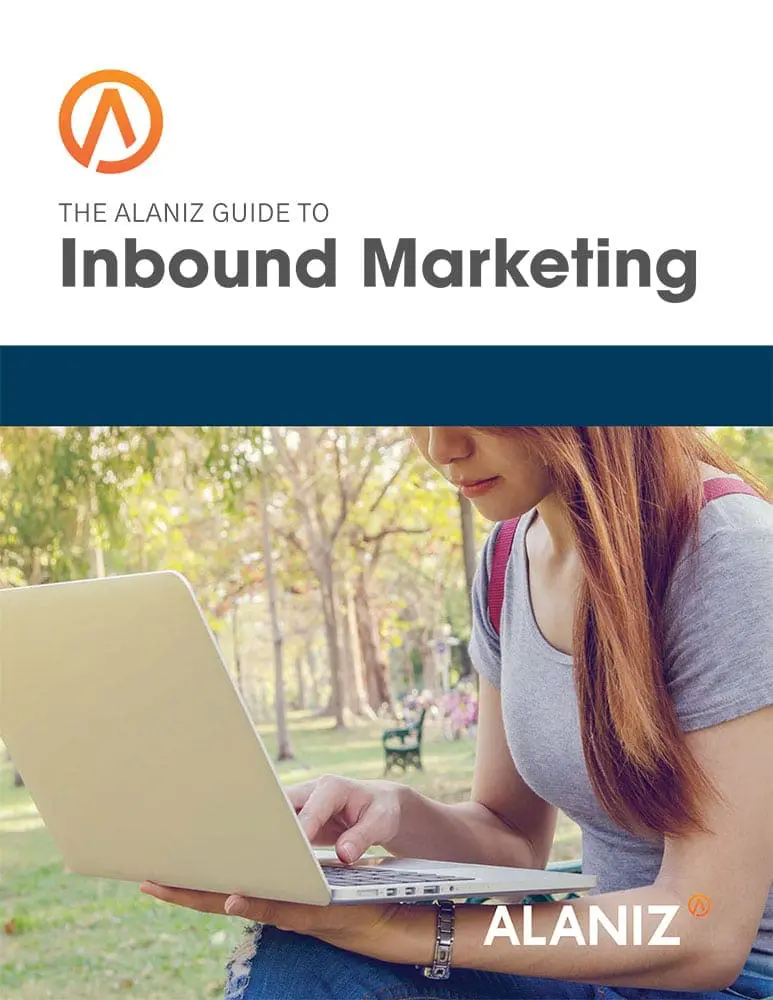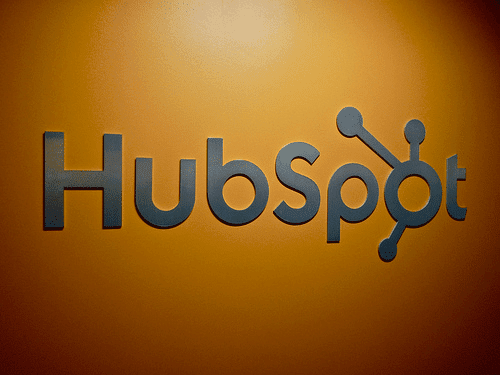This blog post is part of “The Ultimate Guide to Lead Generation” blog series.
It wasn’t long ago that marketing automation was an expensive enterprise application reserved for large established companies. Now it’s a marketing necessity and high-rev sales machine for companies of all sizes. It’s estimated that 80 percent of the organizations with the highest-performing demand waterfalls have marketing automation platforms (MAPs).
Automation software is not a marketing automation platform
It’s important to distinguish between task-oriented automation software and a marketing automation platform. If you’re a PR pro developing media lists, check out Muck Rack. It’s a savvy automated platform, but it’s not a MAP. Or if you want to send automated emails within seconds of customer interactions, there’s MailChimp, but it’s not marketing automation.
There are stand-alone platforms to expedite tasks and workflows for nearly every aspect of your business, but they don’t meet the requirements of MAPs. A marketing automation program is the equivalent of combining the functionality of SalesForce, WordPress, Google Analytics, CallFire, and a couple dozen other programs all on one platform.
HubSpot, Marketo, Pardot, Oracle Eloqua, SharpSpring and other top marketing automation platforms have that all-in-one advantage with cross-functionality, intelligence, and deep levels of data that puts all the marketing and sales results you need on one dashboard.
According to recent reports and research, a marketing automation platform has the following capabilities in the areas of campaign management, lead management, and platform management.
Campaign management
A MAP streamlines management of your inbound and outbound marketing strategy. You’ll have the ability to target prospects and excel at generating, nurturing, and converting leads. In other words, you’ll have more business and more revenue. Automated campaign capabilities include the following:
• Segment contact leads by title, level, department, location, and activity.
• Create automated (and relevant) workflows for lead nurturing.
• Set rules and yes/no decisions to move contacts to a new campaign or remove them.
• Store content that prospects can access via form field, landing page, or social posting.
• Create personalized/dynamic emails and landing pages with data in contact records.
• Create online registration to capture contact data and provide form field validation.
Lead management
A marketing automation platform not only puts you in a better position to close business, but gives you the information and visibility needed to measure campaign performance. A MAP can validate the sales strategy you’ve implemented and suggest ways to modify it to an optimal degree. Lead management functionalities include:
• Scoring prospects and prioritizing leads based on individual and corporate demographics and associated activities such as webpages visited, email responses, and social media.
• Delivering qualified leads to the right sales rep in a sales force automation (SFA) platform and alerting rep with email or field value change.
• Displaying marketing performance including email click through, website visits (who visited what and for how long), bounce rates, email interaction, and data profiling.
• Notifying sales reps with internal automated email notifications when prospects perform key actions to qualify as leads and transition through the funnel.
• Updating data and contact records to standardize and add data immediately when received.
Platform management
Because of the complexity of organizational structures and interconnections between different marketing and sales platforms, a MAP must align the goals of marketing and sales so that the business is always moving forward with data and tools to maximize productivity. The following management functionalities are basic to modern marketing automation.
• Store contacts and associated activities and interactions in an accessible database.
• Have bi-directional CRM or SFA integration with lead/contact sections of CRM or SFA.
• Assign user roles to ensure secure read/write/access permission for contact data, content assets, programs, and administration.
• Authenticate email sent to improve rate of successful delivery to a customer/prospect inbox.
These are applications necessary just to qualify as a ranking marketing automation platform. Eloqua was one of the first marketing automation platforms and was purchased by Oracle in 2012. Now the “Oracle Marketing AppCloud” features 235 fully integrated and scalable apps. Marketing automation is extraordinary, but sometimes daunting . . .
What do I need to do to accomplish my marketing objectives?
As a potential user, you might want to step into a quiet office by yourself or call in the whole team to get consensus and come to a decision on what you consider to be your main requirements and needs. Consider how you intend to leverage automation in your company? And do you have someone with the skills to fully realize the potential of automation? Then cast a discerning eye on your short and long-term marketing objectives.
Alaniz Marketing uses several MAPs and can act as a resource to help you make the right decisions. We would be happy to share price considerations, give you a platform demo, or share additional information to help broaden your perspective.
This blog post is part of “The Ultimate Guide to Lead Generation” blog series.




